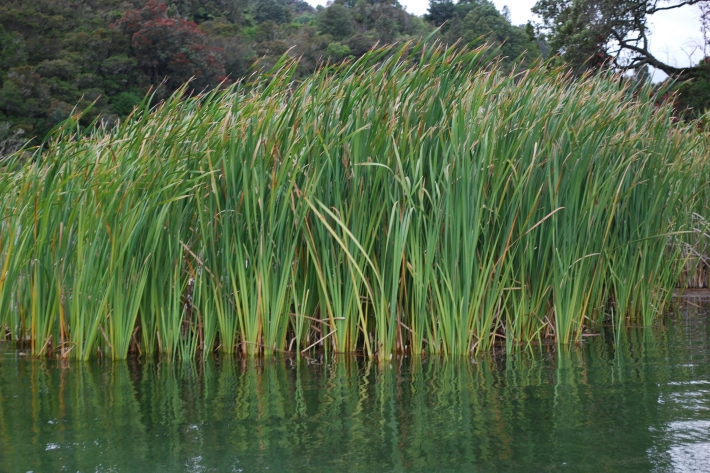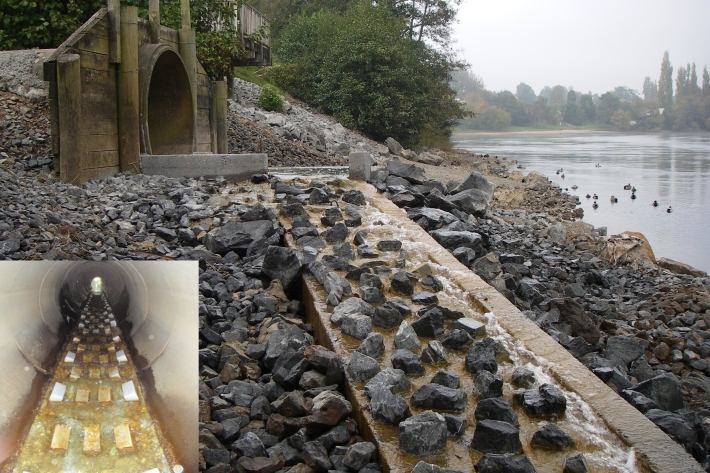-
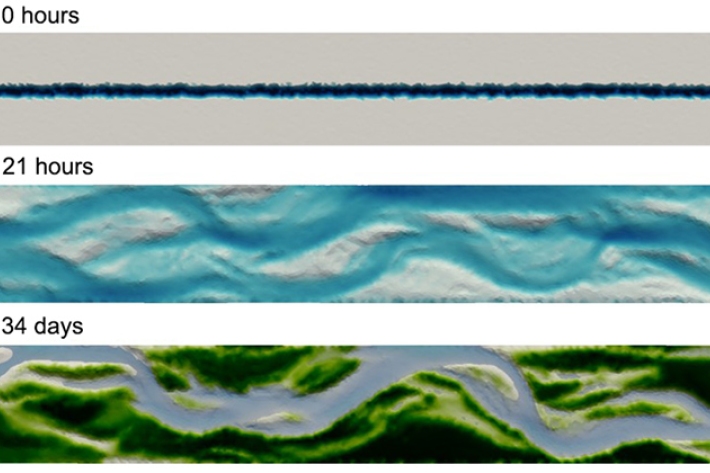
Modelling vegetation-impacted morphodynamics in braided rivers
Research ProjectNIWA is developing numerical models for predicting how the morphology of braided rivers responds to flow regulation and invasive exotic woody vegetation. -
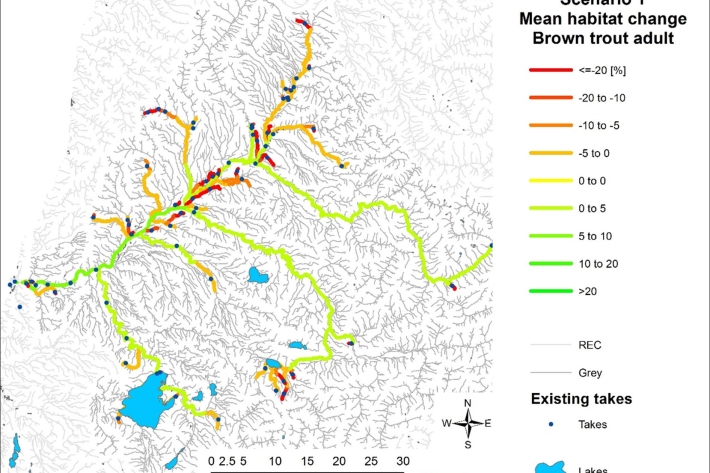
Managing water allocation on the West Coast
Research ProjectThis project investigated the capabilities and utility of NIWA’s Cumulative Hydrological Effects Simulator (CHES) tool for facilitating discussions and decision making associated with setting and applying water quantity limits in the Grey River catchment on the South Island’s West Coast. -
Ngā repo o Maniapoto - Maniapoto wetland inventory
Research ProjectThrough the Te Wai Māori fund Ngā Repo o Maniapoto is a collaborative project between NIWA and the Maniapoto Māori Trust Board (MMTB) Whanake Taiao team that looks to develop an inventory of repo and puna (springs) for the Maniapoto rohe. -
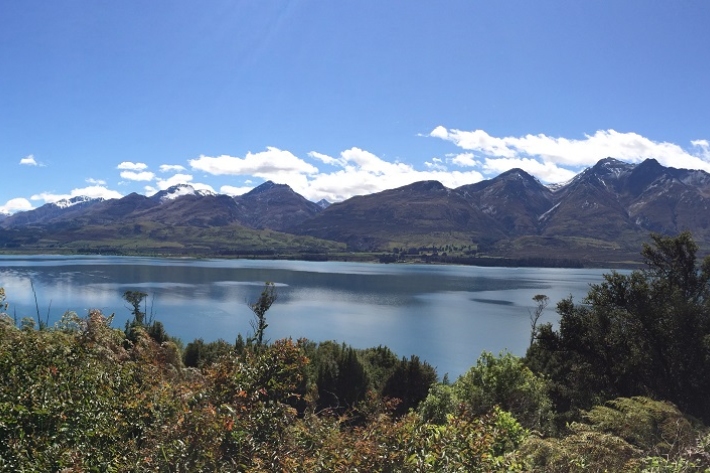
Ngā Kete o te Wānanga: Mātauranga, Science and Freshwater Management
Research ProjectNew Zealand’s freshwater and estuarine resources provide significant cultural, economic, social, and environmental benefits. Competition for the use of these resources is intensifying, and many rivers, lakes and estuaries are now degraded. -
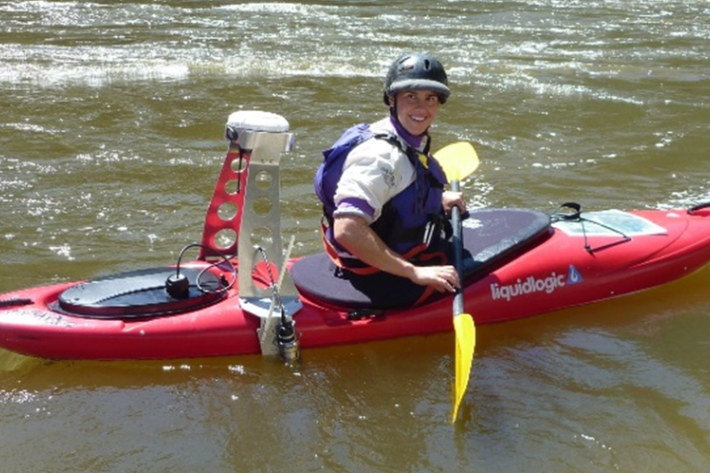
Geomorphology influences periphyton abundance
Research ProjectThis research project investigated whether the mechanisms for periphyton removal in rivers relate more directly to hydraulic and geomorphic conditions than flow metrics. -
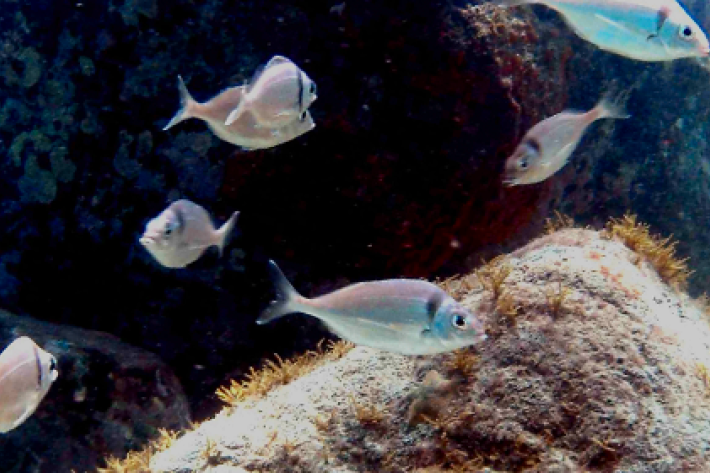
Changes in juvenile fish habitats
Research ProjectNIWA is looking for people who have had a long association with the Hauraki Gulf or Marlborough Sounds to help them with a research project on juvenile fish habitats. -
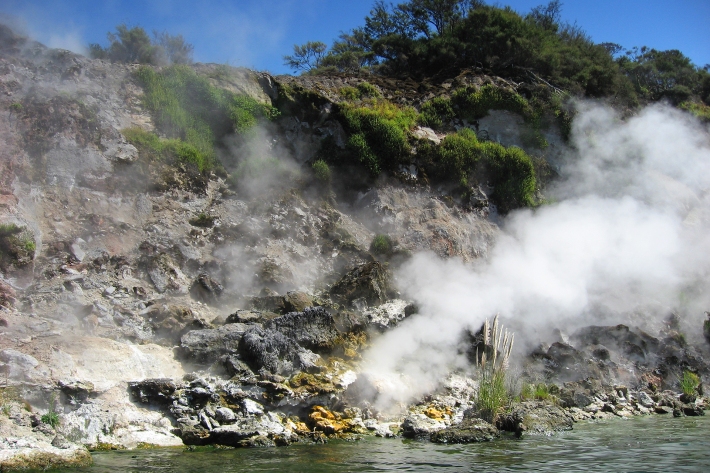
Mercury biomagnification in three geothermally-influenced lakes differing in chemistry and algal biomass
Research ProjectThis research project aimed to understand the causes behind differences in mercury in trout and other organisms in the Bay of Plenty/Te Arawa lakes—in particular what features of each lake explain why mercury in trout is higher in some lakes than in other lakes. -

The decline of New Zealand’s sea lions
Research ProjectThe main breeding population of New Zealand sea lions at the Auckland Islands has halved in size since the late-1990s; NIWA scientists are working with the government and experts from around New Zealand and overseas to understand why. -
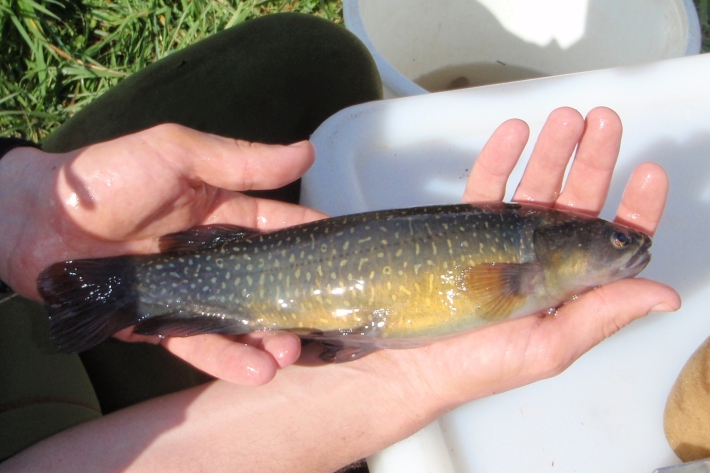
Flow requirements for galaxiid fish spawning
Research ProjectMany of our iconic native fish species, such as whitebait and eels, rely on river flows to cue key life-cycle stages, including migration and reproduction. As pressures on water resources increase, the risk of disrupting these flow cues, and therefore impacting fish populations, becomes greater. -

Antarctic fisheries research
Research ProjectNIWA’s Antarctic fisheries research is allowing us to investigate possible effects of the longline Antarctic toothfish fishery on the toothfish population and on the local ecosystem. -
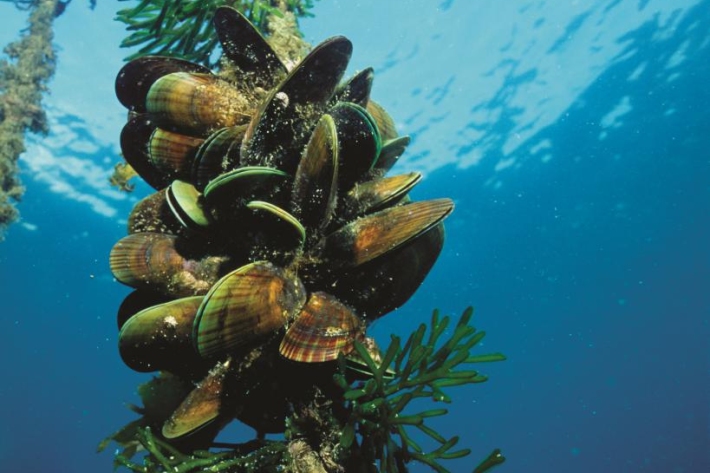
CARIM (Coastal Acidification: Rate, Impacts & Management)
Research ProjectA NIWA-led project to tackle coastal acidification in New Zealand.

